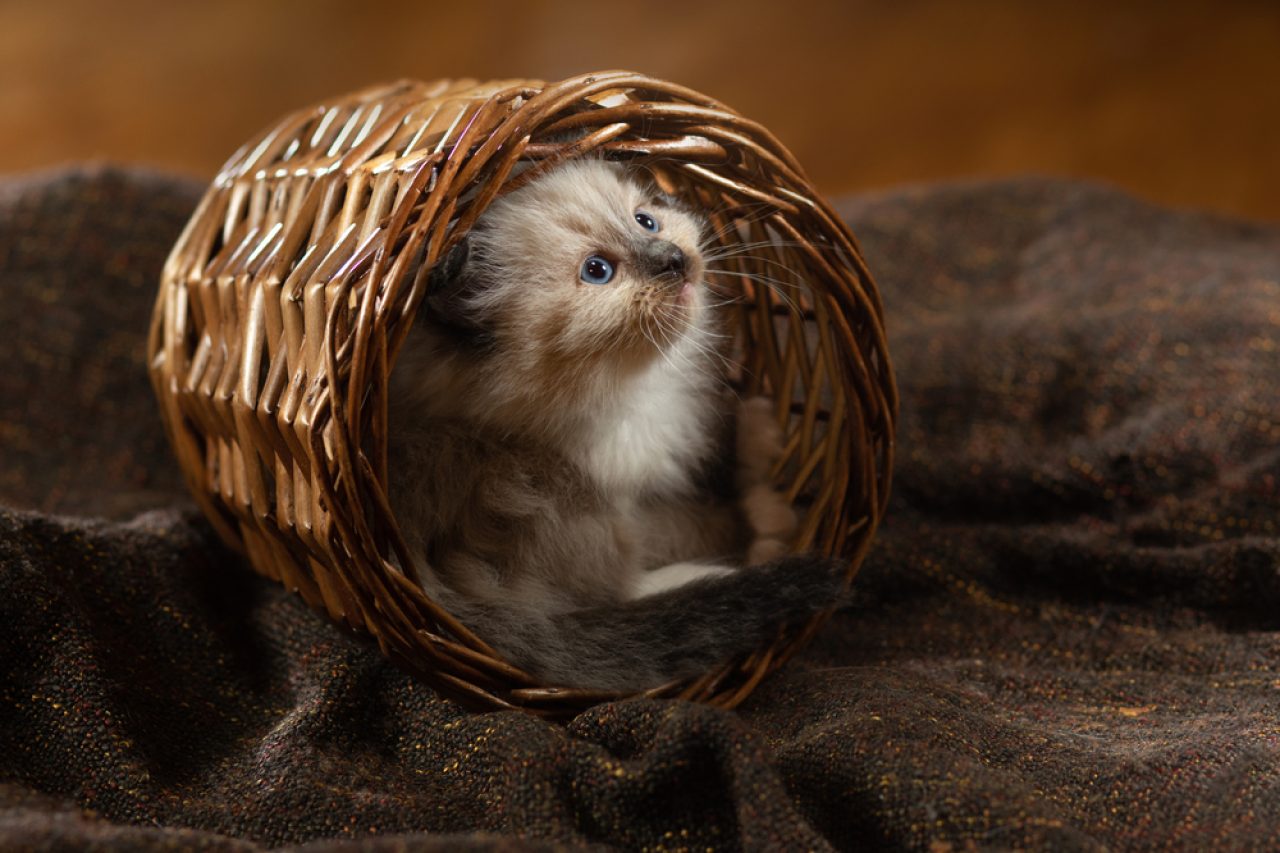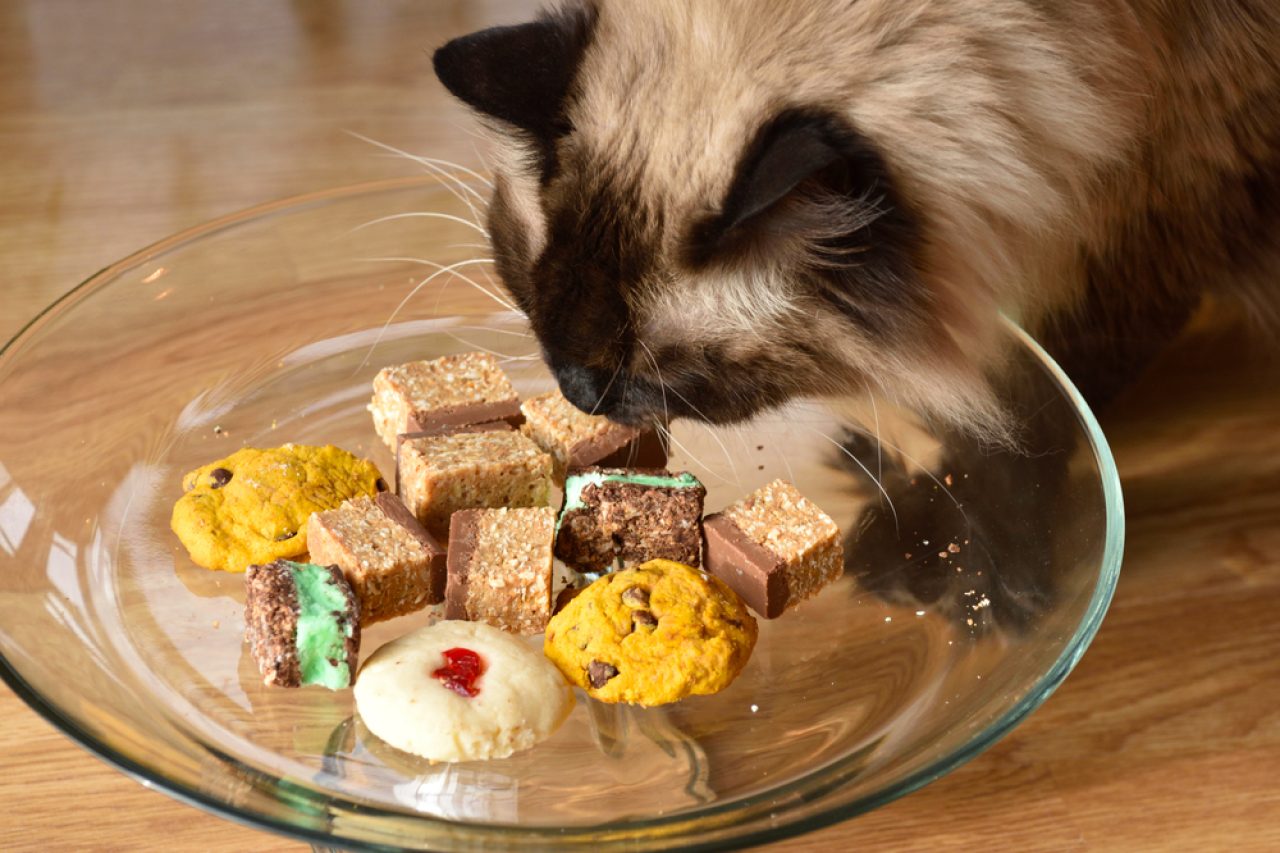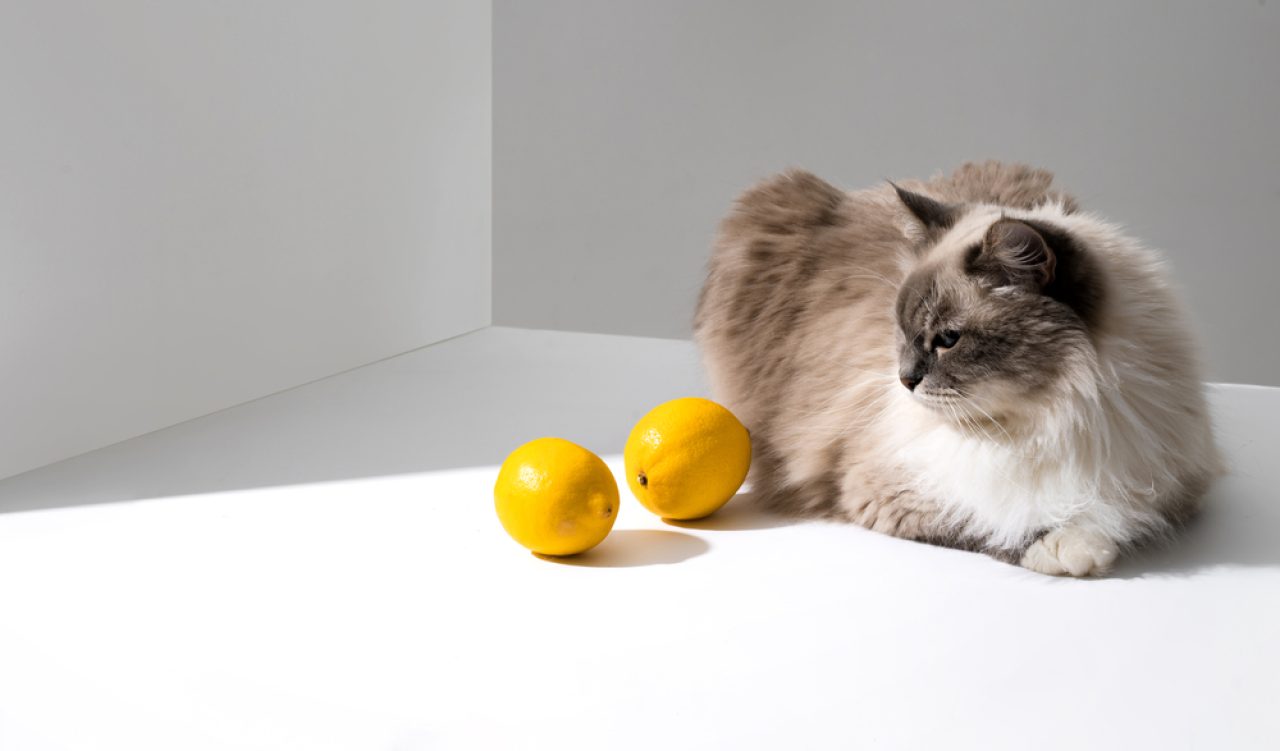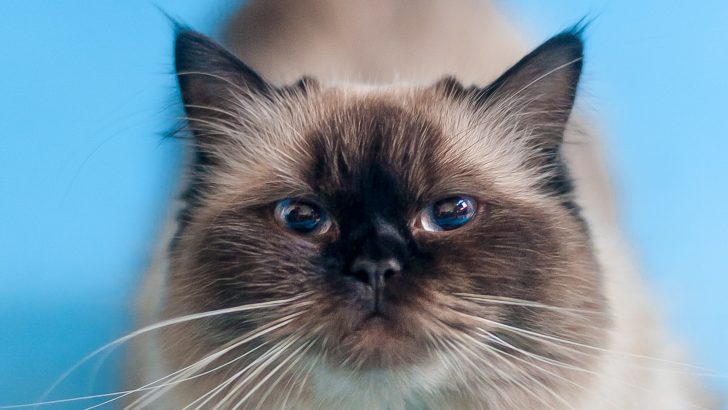Black, white, brown, or everything at once? Choosing the right color for the fluffer that’s about to become a member of your family can be tough (whether you’re adopting or purchasing). Captivating colors affect the purrsonality, which means you shouldn’t take these things lightly. Might we tickle your fancy with a sepia Ragdoll kitten?
To tell you the truth, you can never go wrong with a Ragdoll cat (regardless of what you’re looking for). Ragdolls are gentle giants who appreciate nothing more than hanging out with humans, cuddling, and smooching.
They’re adorable and affectionate, and they make everyone’s life better because they’re perfect pets.
Of course, Ragdolls can assume an array of color combinations and patterns. But, sepia Ragdolls seem to have a veil of mystery, which makes them even more admired and sought-after. And, we’ve gathered everything you need to know before you figure out which (color) route you want to go with.
Sepia Ragdoll: Everything you need to know about these fluffers

While doing the good old Google search on sepia Ragdolls, chances are you’re going to come across articles discussing seal, mink, and solid Ragdolls. Ragdolls can assume a bunch of colors depending on the breeder and breeding practices.
But, some colors haven’t officially been recognized by the Cat Fanciers’ Association – sepia being one of them.
According to the CFA, sepia Ragdolls haven’t been accepted by any breeding associations because they don’t satisfy the current written Breed standard which states that Ragdolls are a blue-eyed, pointed breed.
Ragdoll colors that have been accepted are numerous (white, black, ebony, red, orange, blue, gray, lavender, silver, cream, beige, tan, chocolate, brown, sable, and lilac). And, as you might have guessed, these colors make for a bunch of combinations considering that Ragdolls are always pointed or bi-color.
Therefore, sepia (otherwise known as “cinnamon”) kittens haven’t had enough success getting the status they deserve. Regardless of what the CFA claim, there’s hardly a reason why you should turn a blind eye to these kitties. And, we’re hoping to soften you with these characteristics we managed to discover.
1. History

Ragdolls have been around for a good number of years, considering they’ve been created around the 1960s. A breeder by the name of Ann Baker was the one who started the breeding process because she was hoping to create a breed with gentle, non-aggressive characteristics.
Over the course of time, Ann became “eccentric” with her thoughts and experiments which estranged her from other breeders. But, people who used to collaborate with her continued breeding these beauties.
As mentioned, they managed to breed Ragdolls of different color combinations and shades. But, sepia Ragdolls appeared pretty recently.
Cinnamon Ragdolls are thought to be a cross between a seal point Ragdoll and a brown (or black) Burmese. Of course, the head cause for the rare sepia color of the coat seems to be a recessive gene that’s responsible for most dilute shades.
And, considering that sepia/cinnamon colors aren’t common among Ragdolls, these curious creatures quickly became a favorite.
2. Appearance
Now, these mischievous monsters are as noticeable as one might think. Reddish/brown coats with lighter and darker patches scattered across the body, blue/green eyes, and fluffy tails are what make sepia Ragdolls some of the most stunning kitties out there.
Depending on the breeder, you might even whiteness contrasting shades of chocolate throughout different stages of life. Little sepia Ragdolls are almost always born light (cream or beige). But, they become darker as they grow older.
Other than that, sepia Ragdoll cats are pretty similar in appearance to other Ragdoll cats.
Therefore, they’re large (and in charge), chunky, and muscular. They possess a staggering nine to eleven inches of height, and ten to twenty pounds of weight (according to the Cat Fanciers’ Association, of course).
They’re some of the fluffiest felines out there. But, they’re pretty great with shedding (season to season).
3. Purrsonality

Oh, the neverending debate of whether the color affects the purrsonality! Of course, the color of the Ragdoll depends on the genes – and some people might argue that the personality does, too. As a matter of fact, there are studies suggesting that multicolored cats are more aggressive than other cats.
But, sepia Ragdolls are affectionate, appreciative, and even-tempered. Trust me, these beautiful beasts adore hanging out with humans so much so that the name Ragdoll comes from the fact that they become floppy when picked up. Not to mention that they’re loyal and devoted to humans more than anything.
Of course, you can never predict these things which means you shouldn’t pull the plunge before doing your research and seeking advice from professionals. Ragdolls can deal with behavior problems as much as other breeds.
But, sepia Ragdolls can make you fall head over heels for them to the point where you wouldn’t mind turning a blind eye to a broken plate or two.
Read more: 350+ Awesome Ragdoll Cat Names For Your Fluffy Furrend

